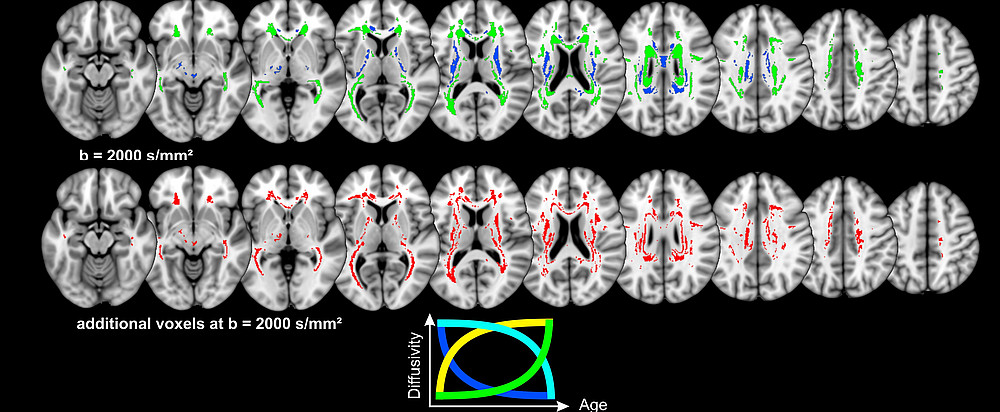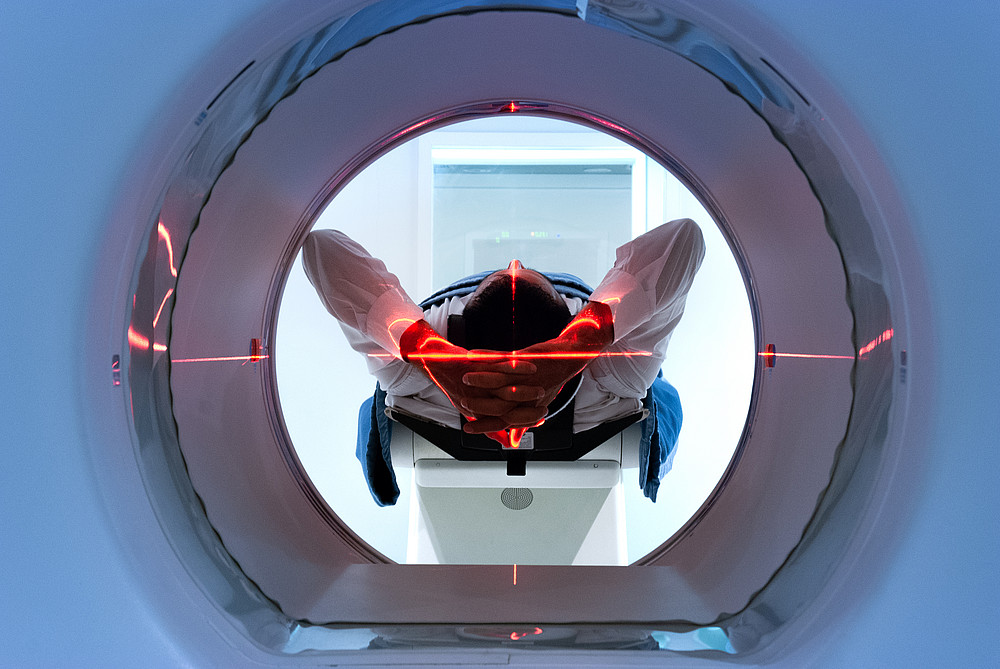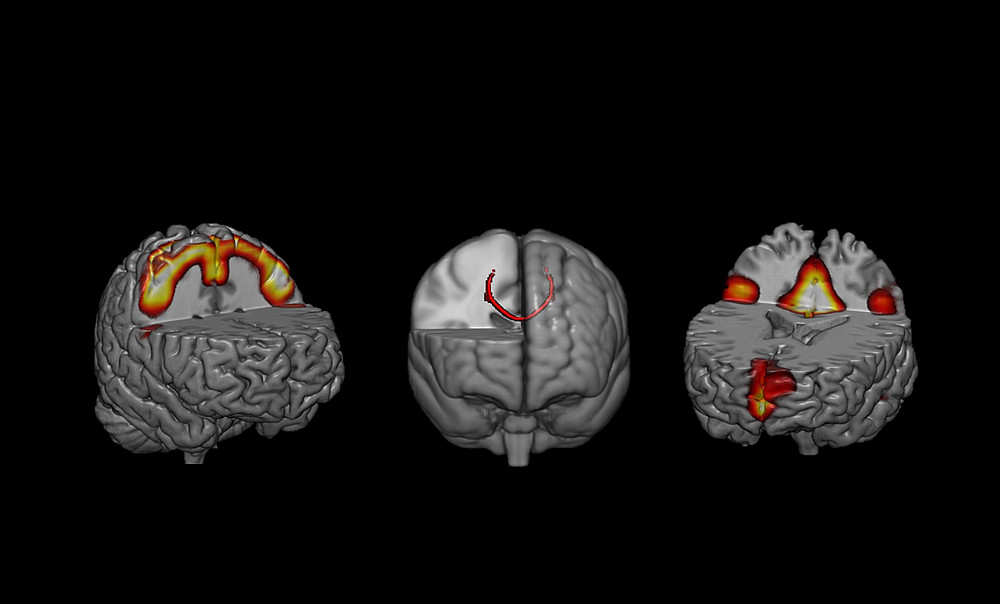Teaching and supervision
In my teaching, I am committed to combining technological advances with cognitive science. I am therefore active in the Bachelor's and Master's programs in psychology as well as in the "Computational Social Systems" course. In addition to basic neuropsychological knowledge and my expertise in imaging techniques such as EEG and fMRI, I also impart knowledge about psychosocial effects that can influence the effectiveness of interventions.
How fast do individual brain regions age?
The image to the right of this text uses color codes to illustrate the shape and rate of change in white matter water diffusivity in the brains of aging individuals. White matter structures in the brain change with age, but there are pacing-related differences depending on the brain region. In a previous study, we developed a measure for the rate of change in white matter water diffusivity. The current task is to apply this technique to a new, considerably larger data set obtained from the CAMCAM consortium. Ideally, you will have an affinity for programming in R, the language used for all data analysis scripts. If you are interested in this topic, please send me an email at guilherme.wood(at)uni-graz.at.

In collaboration with: Ferreira Marins, Theo, Ph.D
Master thesis topics: Investigating the role of neurofeedback in brain plasticity, motor learning and cognitive function
We offer several master thesis topics as part of a larger FWF research project led by Prof. Guilherme Wood and assisted by Theo Marins Ph.D. In the project, fMRI-based neurofeedback is used to investigate brain plasticity and motor learning. Healthy participants undergo neurofeedback training that aims to increase activity in brain regions associated with motor coordination, particularly that of finger movements. The aim of the research is to comprehensively describe and characterize the effects of neurofeedback on brain plasticity. Multi-sequence MRI techniques (including T1-weighted recordings, diffusion-weighted imaging, resting-state fMRI and GABA spectroscopy) will be used to investigate changes in brain structure, function and chemistry.

Graph theory and brain plasticity induced by neurofeedback
Graph theory provides a useful framework to understand the connectivity of the brain and the interaction of different brain regions. In this master's thesis, graph theory will be applied to investigate changes in brain network properties, such as integration, segregation and centrality, before and after neurofeedback training. The aim is to understand how neurofeedback changes the dynamics of brain networks and supports motor learning and cognitive functions.
Neurofeedback training and GABA levels
GABA, the brain's primary inhibitory neurotransmitter, is essential for the regulation of neuronal activity, cognitive function and motor learning. This project will investigate the effects of neurofeedback training on GABA levels and the relationship between GABA, neurofeedback performance and neuronal plasticity. This research could provide new insights into the neurochemical mechanisms underlying neurofeedback.


Effects of fMRI neurofeedback on motor learning
This master thesis focuses on the influence of neurofeedback training on motor learning. Behavioral tests are used to assess improvements in motor performance, such as accuracy of finger movements and reaction times. The aim is to better understand how neurofeedback influences motor functions.
The influence of motor neurofeedback on cognitive function
Motor improvements have been shown to correlate with increased cognitive function, particularly in clinical populations such as stroke patients. However, little is known about how neurofeedback training targeting motor regions might affect non-motor cognitive domains. This project will investigate the potential cognitive benefits of motor neurofeedback training in healthy individuals.
